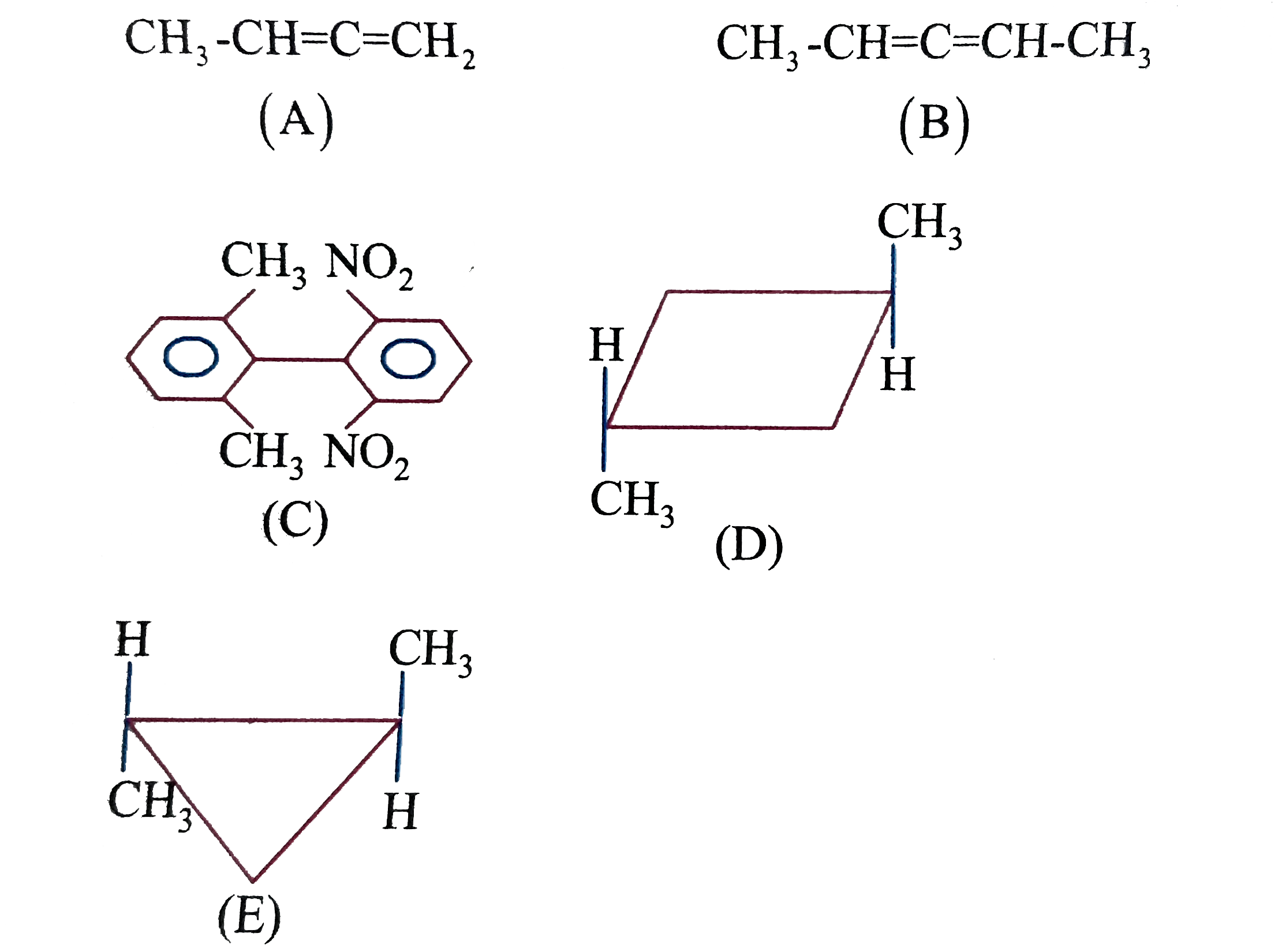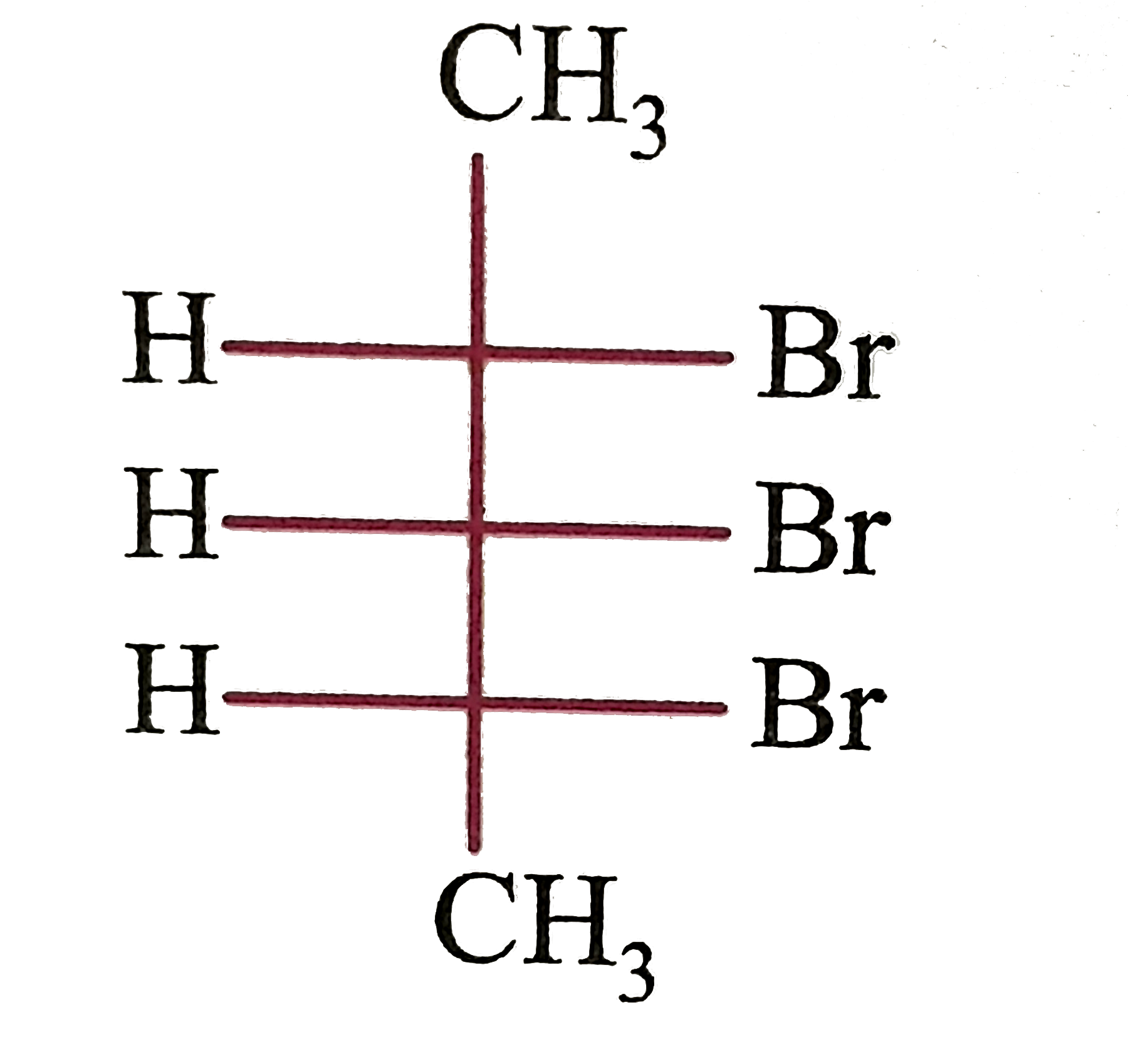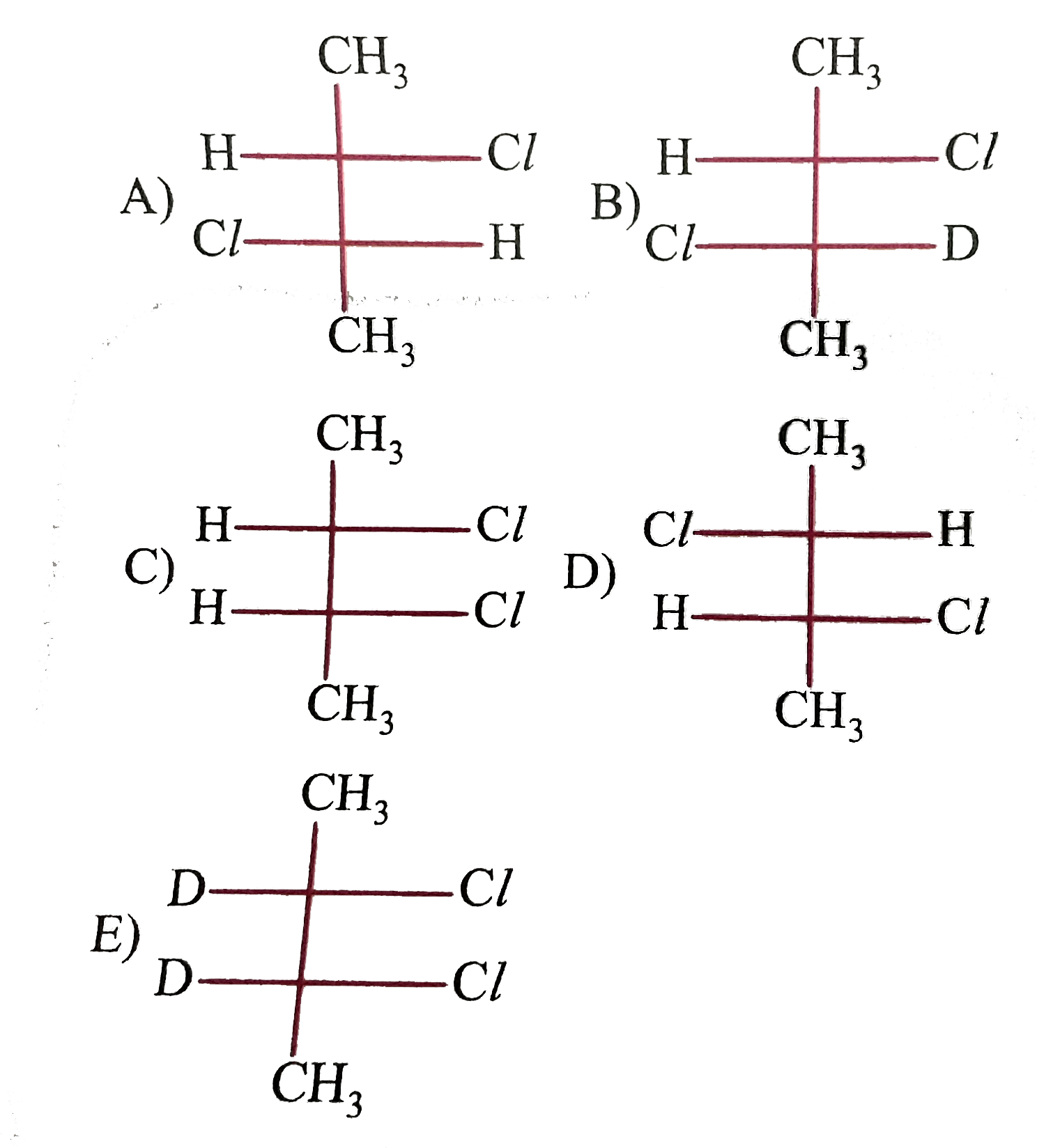Almost all …………..are optically active as they one or more chiral carbon.
carbohydrates
Topper's Solved these Questions
- BIOMOLECULES BOOK - FULL MARKSCHAPTER - BIOMOLECULES EXERCISE - ADDITIONAL QUESTIONS (ASSERTION AND REASONS)
20 Videos
- BIOMOLECULES BOOK - FULL MARKSCHAPTER - BIOMOLECULES EXERCISE - ADDITIONAL QUESTIONS (FIND THE ODD ONE OUT AND GIVE THE REASONS.)
10 Videos
- BIOMOLECULES BOOK - FULL MARKSCHAPTER - BIOMOLECULES EXERCISE - ADDITIONAL QUESTIONS ( CHOOSE THE BEST ANSWER )
161 Videos
- CARBONYL COMPOUNDSBOOK - FULL MARKSCHAPTER - CARBONYL COMPOUNDSEXERCISE - ADDITIONAL QUESTIONS (5 MARKS QUESTIONS)
34 Videos
Similar Questions
Knowledge Check
A : Glycine is the only amino acid which is optically inactive.
R : Glycine has no chiral carbon.AIf both Assertion and Reason are true and the reason is the correct explanation of the assertion, then mark (1).BIf both Assertion and Reason are true but the reason is not the correct explanation of the assertion, then mark (2).CIf Assertion is true statement but Reason is false, then mark (3).DIf both Assertion and Reason are false statements, then mark (4).Which of the following is a chiral carbon
ACH4BCH3ICCH2ClDCHIBrClWhich of the following amino acid is not optically active and has achiral carbon ?
AAlanineBSerineCGlycineDLysine
An organic compound having a carbon attached to four different group is optically actve, But is it that opposite is also true? That is, do all optically active organic compounds have chiral carbons? Not necessarily. Presence or absence of chiral centre is not the sufficiet criterion for optical activity. The ultimate criterion is presence or abosence of either plane or centre of symmtry. Two compounds which are non super im[osabble mirror images of each other are called enantiomers. If a compound contains more than one chiral carbon, new words are required to describe the relationship between various stereo isomers of the compounds. Those words are diastereomers and mesomers.
Optically active compounds among the following is
View SolutionAn organic compound having a carbon attached to four different group is optically actve, But is it that opposite is also true? That is, do all optically active organic compounds have chiral carbons? Not necessarily. Presence or absence of chiral centre is not the sufficiet criterion for optical activity. The ultimate criterion is presence or abosence of either plane or centre of symmtry. Two compounds which are non super im[osabble mirror images of each other are called enantiomers. If a compound contains more than one chiral carbon, new words are required to describe the relationship between various stereo isomers of the compounds. Those words are diastereomers and mesomers.
Optically active compounds among the following is/are

View SolutionAn organic compound having a carbon attached to four different group is optically actve, But is it that opposite is also true? That is, do all optically active organic compounds have chiral carbons? Not necessarily. Presence or absence of chiral centre is not the sufficiet criterion for optical activity. The ultimate criterion is presence or abosence of either plane or centre of symmtry. Two compounds which are non super im[osabble mirror images of each other are called enantiomers. If a compound contains more than one chiral carbon, new words are required to describe the relationship between various stereo isomers of the compounds. Those words are diastereomers and mesomers.

In the above compound no. of stereogenic centers and no. of optical active isomers possible are.
View SolutionAn organic compound having a carbon attached to four different group is optically actve, But is it that opposite is also true? That is, do all optically active organic compounds have chiral carbons? Not necessarily. Presence or absence of chiral centre is not the sufficiet criterion for optical activity. The ultimate criterion is presence or abosence of either plane or centre of symmtry. Two compounds which are non super im[osabble mirror images of each other are called enantiomers. If a compound contains more than one chiral carbon, new words are required to describe the relationship between various stereo isomers of the compounds. Those words are diastereomers and mesomers.
Which of the following form diastereomeric pair?

View SolutionAn organic compound having a carbon attached to four different group is optically actve, But is it that opposite is also true? That is, do all optically active organic compounds have chiral carbons? Not necessarily. Presence or absence of chiral centre is not the sufficiet criterion for optical activity. The ultimate criterion is presence or abosence of either plane or centre of symmtry. Two compounds which are non super im[osabble mirror images of each other are called enantiomers. If a compound contains more than one chiral carbon, new words are required to describe the relationship between various stereo isomers of the compounds. Those words are diastereomers and mesomers.

View Solution
